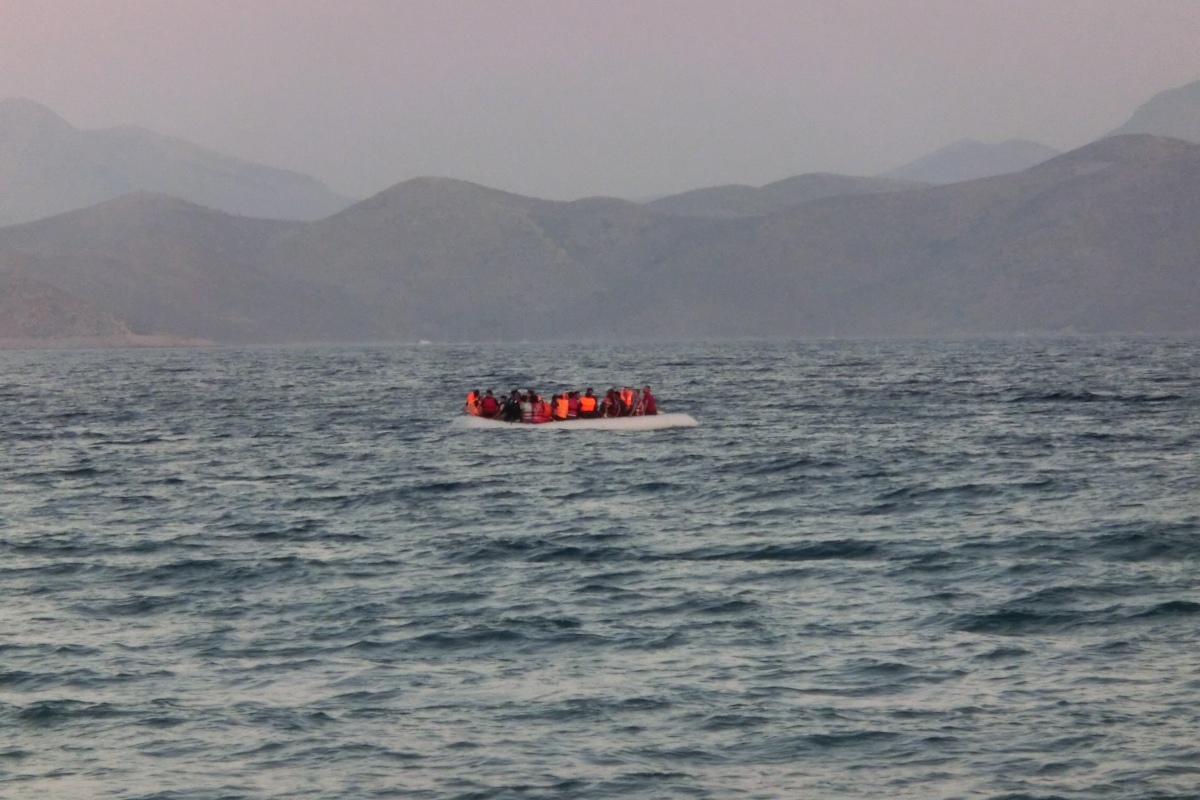Database delays: new timetable for interoperable EU policing and migration systems by 2027
Topic
Country/Region
23 October 2023
EU interior ministers have agreed another revised timeline for the plan to make all justice and home affairs databases "interoperable", with the aim now to have the systems up and running by 2027. Mandatory biometric border checks may now be introduced progressively, in the hope of limiting delays at border crossing points.
Support our work: become a Friend of Statewatch from as little as £1/€1 per month.

Image: Josef Laimer, CC BY 2.0
The new timetable, agreed at the Justice and Home Affairs Council last week, follows on from previous delays. A revision to the timeline adopted in November 2021 included a plan for the Entry/Exit System (EES), a biometric border-crossing registration database, to be functional by September 2022. Further changes saw the deadline extended to May this year. A Belgian proposal to "decouple" the EES and the European Travel Information and Authorisation System (ETIAS) does not appear to have been taken on board.
Under the new plan, the EES is supposed to come into use at some point in the second half of 2024 - though a note from the Spanish Presidency (pdf) suggests that even then, the "capturing and storing of biometrics... could be activated progressively." This is because of the extra waiting times that the introduction of mandatory biometric capture, storage and verification at all EU border crossing points is likely to introduce.
As previously reported by Statewatch, the Austrian government expects "process times to double compared to the current situation," the Croatian government is clear that "the waiting time for border checks will certainly be significantly longer," and the German government has said "control times for passengers will increase significantly by the introduction of EES."
To mitigate this, the Spanish Presidency's note says that "derogation measures will be available for activation at individual border crossing points to prevent long waiting times. The date that will be retained for the entry into operation will be outside periods of major events and high travel times."
The introduction of the EES in the second half of 2024 is supposed to be followed by the ETIAS in the first half of 2025, the European Criminal Records Information System for Third Country Nationals (ECRIS-TCN) in mid-2026, finalisation of "the technical implementation of the IO [interoperability] architecture" in late 2026, followed by work to "upgrade and evolve the IO architecture" from 2027 onward.
The timetable published by eu-Lisa also foresees the eventual integration of the expanded Eurodac database, depending on the adoption of the law, which is currently under discussion in the Council and the Parliament.
Documentation
- Implementation of interoperability (Council doc. 13707/23, LIMITE, 9 October 2023, pdf)
Our work is only possible with your support.
Become a Friend of Statewatch from as little as £1/€1 per month.
Further reading
Frontex and interoperable databases: knowledge as power?
<p><em>The EU’s border agency, Frontex, will be able to access vast quantities of data once the EU’s ‘interoperable’ policing and migration databases are fully operational. This briefing considers the agency’s use of data from two different perspectives – operational and statistical – and provides an overview of the agency’s role in the EU’s emerging “travel intelligence” architecture. It is aimed at informing understanding, analysis and critique of the agency and its role, with a view to making it possible to better understand, engage with and challenge future developments in this area.</em></p>

EU: Mediterranean migration plan underpinned by more policing and border enforcement in repressive states
An extraordinary meeting of the EU Justice and Home Affairs (JHA) Council will take place tomorrow to discuss migration. The European Commission has published a plan setting out the general direction for action in the central Mediterranean. Other documents obtained by Statewatch shed more light on the matter: more intensive police cooperation with repressive states and externalisation of borders instead of relocation of refugees, in full knowledge of the dire situation for people seeking safety, in particular in Libya.
Spotted an error? If you've spotted a problem with this page, just click once to let us know.

